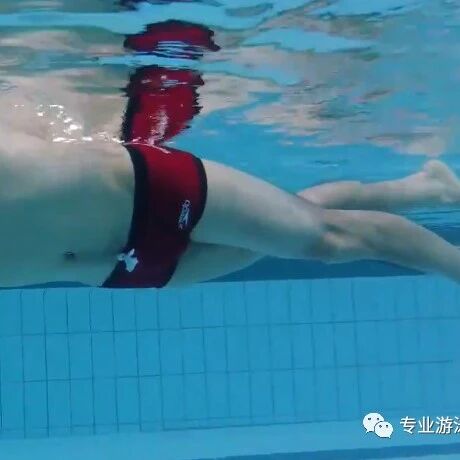The myth of swimming speed: Master the fluid rhythm by optimizing stroke frequency and stroke length.
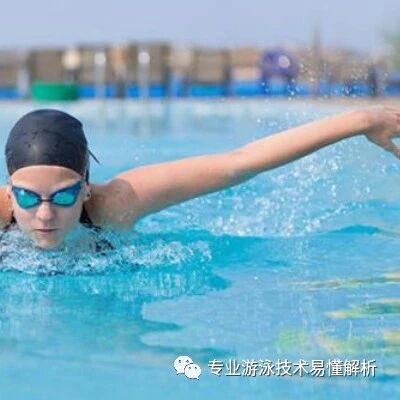
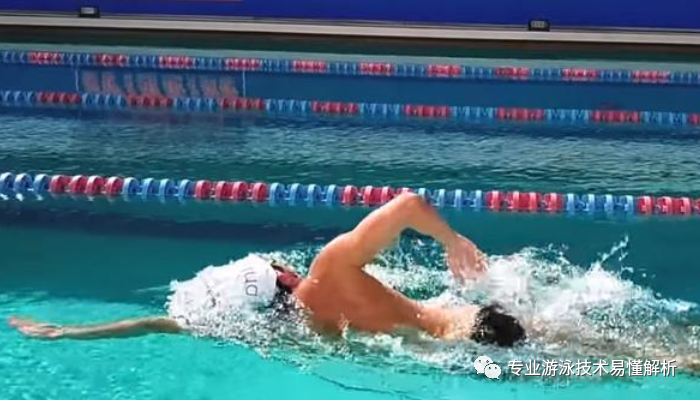
The human brain naturally gravitates toward things that are regular, rhythmic, and melodic—perhaps this is where our sense of beauty originates. That’s precisely why music has become a universal language of the soul. Even if you don’t understand the lyrics, the sheer power of a familiar melody can effortlessly transcend linguistic, cultural, and textual barriers, evoking nearly identical emotional responses across diverse audiences.
Returning to swimming, every stroke—whether it’s the pull, kick, body rotation, breath control, or hip stabilization—flows together in perfect harmony, much like a piece of music. Just as musical elements such as pitch, rhythm, dynamics, and tone color blend seamlessly to create a captivating melody, the seamless coordination of these movements during swimming produces a graceful, rhythmic experience. The more fluidly and rhythmically you move through the water, the more beautiful and mesmerizing your swim becomes—and that’s precisely the goal every swimming enthusiast should strive for. At its core, swimming’s sense of rhythm is rooted in the execution of each stroke, particularly in how the frequency and length of each stroke are balanced to achieve optimal efficiency and flow.
1. The Relationship Between Stroke Frequency and Stroke Length
Rhythm isn’t about pauses—just as music can’t have meaningless gaps, swimming strokes shouldn’t include unnecessary stops in the middle of a stroke. Theoretically, your swimming speed equals the product of your stroke rate (frequency) and stroke length—that is, the distance your body moves forward with each complete arm pull.
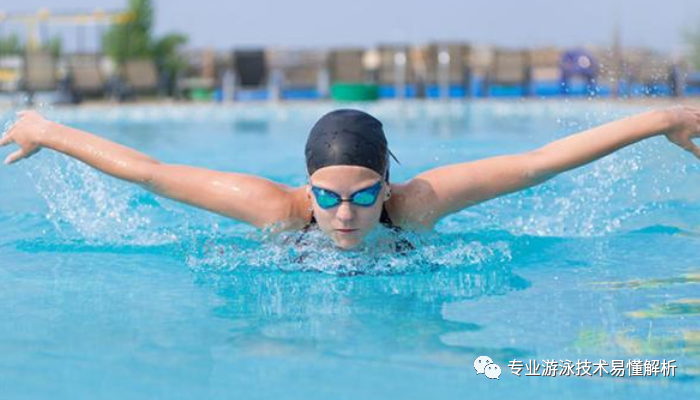
2. Stroke length is not stroke width
Stroke length and stroke width are two distinct concepts. Stroke width refers to the distance your arm pushes through the water after completing the catch phase—specifically, the movement from the chest position all the way to the hip area. Typically, this distance is roughly half the swimmer’s own height.
Now, what happens if you increase stroke length while keeping stroke width constant? This improvement results from the coordinated interaction of several key components: the entry into the water, the catch, the push phase, hip rotation, and leg kicks. Simply put, both the leg kicks and hip rotation are designed to enhance the efficiency of the arm’s propulsion through the water—not the other way around.
When practicing, any adjustments to other aspects of your technique should always prioritize optimizing the effectiveness of your arm strokes. If a particular adjustment ends up compromising your arm action, it’s crucial to address those other elements first—rather than focusing solely on refining the arm movements themselves.
3. The difference between stroke width and stroke spacing lies in the glide.
Tall individuals have an advantage in terms of stroke length but may slightly lag behind in stroke frequency. As an amateur swimmer, being a bit shorter doesn’t affect your swimming speed as dramatically as it does for professional swimmers. Of course, maintaining a "short, quick stroke" is essential—after all, shorter swimmers naturally move slower, so in addition to maximizing their stroke length, they should focus on increasing their stroke frequency. Meanwhile, for taller swimmers with longer arm spans, the key lies in sustaining efficiency during those extended strokes. Ultimately, whether you’re tall or short, stroke distance is a true reflection of your technique. So why might two swimmers of the same height have noticeably different stroke lengths? The answer lies in their ability to leverage momentum—their glide—and how effectively they convert that into forward motion.

However, the "gliding" we're talking about here doesn't mean encouraging excessive gliding during swimming—it refers instead to maintaining good forward momentum. To sustain this momentum, you need to continuously refine your stroke rhythm, ensuring smooth, uninterrupted movements. Specifically, you should allow each new stroke to flow seamlessly into the next, almost before the previous one has fully dissipated—creating that dynamic effect of "one stroke barely fades before the next begins."
In short, stroke frequency, stroke length, and stroke amplitude are all rigid, inflexible concepts—concepts that serve as mere tools. Once you’ve mastered swimming to a certain level, you can simply focus on how your body feels. As long as your movements remain technically sound, the better your body moves through the water. So forget about the concepts altogether: if each stroke brings you closer to—or even surpasses—your own height, especially when combined with the natural momentum of your swim, then you’re executing an excellent stroke.
Related Articles
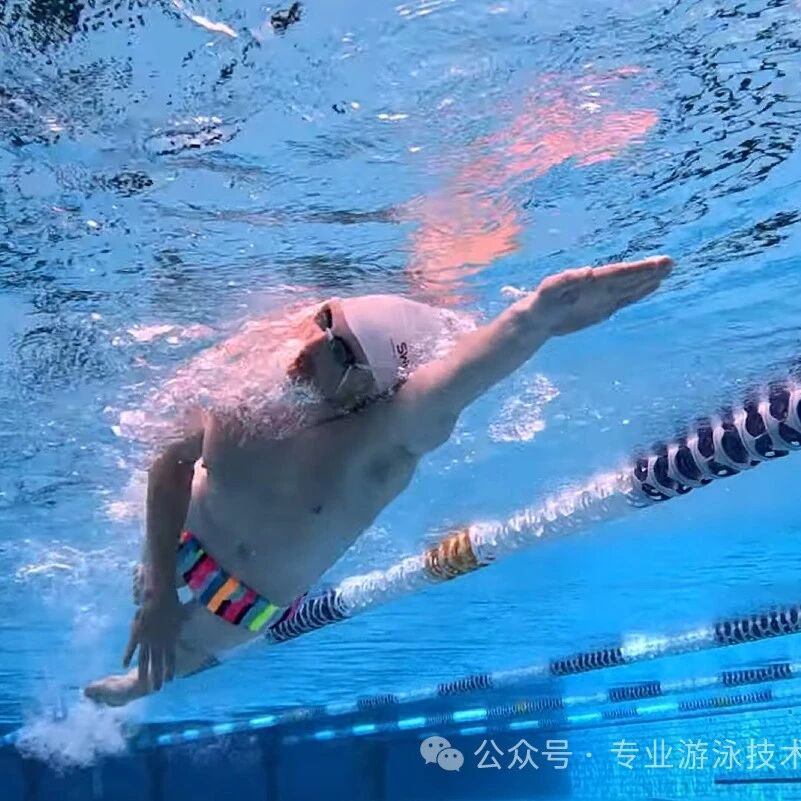
Swimming with smooth, flowing movements significantly enhances training effectiveness.
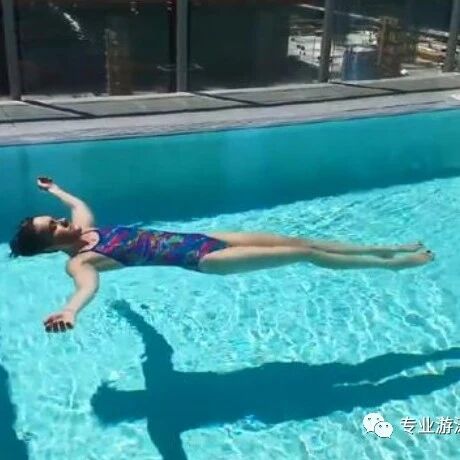
You can’t treat the symptom without addressing the root cause. When it comes to fixing the problem of your freestyle legs sinking, the biggest mistake is using your legs to splash the water—this only makes matters worse.
